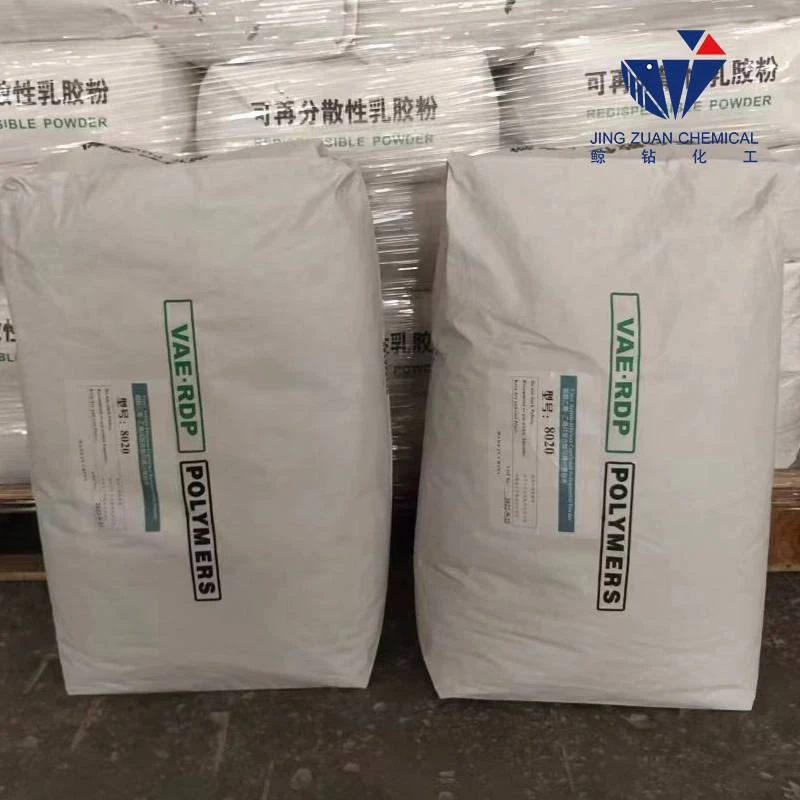
اکتبر . 13, 2024 10:07 Back to list
Properties and Applications of Hydroxypropyl Methylcellulose in Various Industries
Hydroxypropyl Methylcellulose Properties, Applications, and Benefits
Hydroxypropyl Methylcellulose (HPMC) is a versatile and widely used polymer that belongs to the cellulose ether family. As a non-ionic, water-soluble compound derived from natural cellulose, HPMC has found extensive applications in various industries, including pharmaceuticals, food, cosmetics, and construction. This article explores the properties, applications, and benefits of HPMC, highlighting its significance in modern formulations.
Chemical Properties and Structure
HPMC is synthesized by the etherification of cellulose through a process that involves the substitution of hydroxy groups on the cellulose chain with propylene oxide and methyl groups. The resulting polymer is characterized by its unique chemical structure, which imparts specific physical properties such as solubility and viscosity. HPMC is available in various grades, each with distinct characteristics regarding molecular weight and degree of substitution. These variations allow manufacturers to tailor its properties to meet specific needs in various applications.
One of the most notable properties of HPMC is its ability to form a viscous gel when dissolved in water. This property is essential for its function as a thickening agent, stabilizer, and binder in many formulations. Additionally, HPMC is known for its low toxicity, biocompatibility, and excellent film-forming ability, making it a popular choice in sensitive applications.
Applications in Pharmaceuticals
In the pharmaceutical industry, HPMC is commonly used as a coating agent for tablets and capsules, offering protection against moisture and enhancing the product's stability. Its film-forming ability allows for controlled-release formulations, enabling drugs to be released slowly over time, which improves bioavailability and reduces side effects.
HPMC is also employed as a binder in tablet formulations, providing mechanical strength and integrity to the final product. Its role as a suspending agent in liquid formulations helps maintain uniformity and ensures the even distribution of active ingredients. Moreover, HPMC is used as an excipient in various ophthalmic preparations, providing a lubricating effect that enhances comfort during application.
Culinary Uses and Food Industry
hydroxypropyl methyl

In the food industry, HPMC serves as a food additive that enhances texture and stability in a wide array of products. It is commonly used in gluten-free baking to mimic the viscoelastic properties of gluten, providing the necessary structure and chewiness to baked goods. Additionally, HPMC is utilized as a thickening agent in sauces, dressings, and dairy products, contributing to the desired mouthfeel and consistency.
Moreover, HPMC's emulsifying properties make it an essential ingredient in salad dressings and mayonnaise, helping to stabilize oil and water mixtures. As a low-calorie soluble fiber, it is also used in dietary products to enhance fiber content while maintaining a pleasing texture for consumers.
Cosmetics and Personal Care Products
The cosmetic industry benefits significantly from HPMC's exceptional thickening and film-forming capabilities. It is a common ingredient in lotions, creams, and gels, providing a smooth texture and enhancing product stability. HPMC also serves as a suspending agent in cosmetic formulations, ensuring that solid particles remain evenly dispersed.
Furthermore, its ability to form a cohesive film on the skin makes HPMC a valuable ingredient in makeup products, such as foundations and mascaras. It enhances the wearability of these products, providing a durable finish while improving spreadability during application.
Construction and Building Materials
In the construction industry, HPMC is used in cement-based materials, such as tile adhesives, joint compounds, and renderings. It acts as a water-retaining agent, preventing premature drying and enhancing workability. The inclusion of HPMC in these formulations contributes to improved adhesion, flexibility, and durability, making it an essential ingredient for modern construction applications.
Conclusion
Hydroxypropyl Methylcellulose is a multifunctional polymer that plays a crucial role across various industries. Its unique properties, including solubility, viscosity, and biocompatibility, make it an indispensable ingredient in pharmaceuticals, food products, cosmetics, and construction materials. As demands for innovative formulations and sustainable products continue to grow, HPMC will undoubtedly remain a pivotal component in the development of next-generation technologies, ensuring that the benefits of this remarkable compound are fully realized.
-
Versatile Hpmc Uses in Different Industries
NewsJun.19,2025
-
Redispersible Powder's Role in Enhancing Durability of Construction Products
NewsJun.19,2025
-
Hydroxyethyl Cellulose Applications Driving Green Industrial Processes
NewsJun.19,2025
-
Exploring Different Redispersible Polymer Powder
NewsJun.19,2025
-
Choosing the Right Mortar Bonding Agent
NewsJun.19,2025
-
Applications and Significance of China Hpmc in Modern Industries
NewsJun.19,2025







